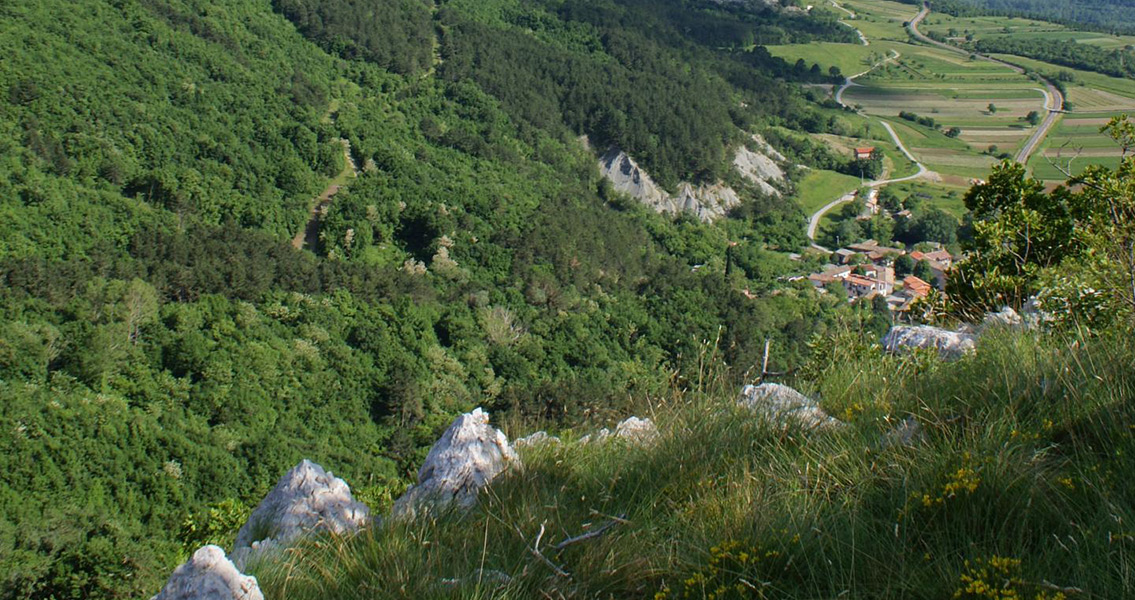<![CDATA[Based on fossil analysis of the remains of red deer teeth found near the Adriatic Sea, new evidence has emerged that these animals might have migrated with the seasons and influenced the movement of early humans. A team of scientists from the University of Georgia in the United States, as well as the University of Cambridge and University College London in the UK, have recently published the results of their research study into migration patterns of red deer in the Adriatic and how they might have influenced the movements of Paleolithic hunter-gatherers who used the deer as a food source. The fossilized teeth of these deer were exposed to oxygen isotope analysis, revealing that based on isotope variation, the animals migrated on a seasonal basis. In a press release, lead author Suzanne Pilaar Birch from the University of Georgia remarked that large herbivore migration patterns have been used in the past to act as a proxy for estimating European prehistoric hunter-gatherer movements. Unfortunately, much of this relies on extrapolation from modern population data in order to interpret prehistoric migratory patterns, and these can be quite different. A more accurate way to find indicators of ancient migratory patterns can be to assess isotope variation in the fossilized teeth of migrating animals, as those that did migrate have lower levels of variation of certain oxygen isotopes in comparison to those who had smaller territories. Birch and her colleagues took samples from the fossilized teeth of ten red deer and an additional fourteen mountain goats that had been collected at a trio of cave sites within the Adriatic. These caverns are known to have been used as temporary camps – likely hunting outposts – by local hunter-gatherer tribes anywhere from 12,000 to 8,000 years in the past. While the dataset was admittedly small, the research team was able to reconstruct migration patterns of red deer directly within the region. The scientists discovered differences in the ranges of oxygen isotopes in the teeth of red deer dating to the Pleistocene and the Late Upper Paleolithic when compared to those dating to the Holocene or Mesolithic. Additionally, the researchers discovered lower levels of isotope variation among red deer teeth samples when compared to samples taken from mountain goats. The research study’s authors make the suggestion that red deer in the region were likely to have migrated with the seasons while the mountain goats seemed to have stayed in place throughout the year. The deer population likely ranged far and wide during the Pleistocene and Late Upper Paleolithic and then roamed over a smaller range during the Holocene and the Mesolithic, as demonstrated by the differences in isotope variation. As a result of these migration patterns, mobility strategies employed by early humans within the region relying on red deer as a resource may have adapted to these regular shifts in habitat, the researchers further suggest. The new study, which was recently published online in PLOS ONE, can be found here Image courtesy of Suzanne Pilaar Birch]]>
Ancient Red Deer Populations May Have Migrated Seasonally
